The African lion is one of the most feared and respected animals on the continent. Its powerful build and hunting prowess make it a top predator and adaptations of a lion that help it survive in a variety of habitats. We have discussed all the adaptations of a lion and how they help it survive in Africa’s harsh environment.
Adaptations Of A Lion
Behavioral Adaptations Of A Lion
Lions are one of the most feared predators in the animal kingdom. They are also one of the most fascinating creatures to study. Researchers have long been intrigued by their hunting and social behaviors. In recent years, there has been a growing body of research on the behavioral adaptations of lions.
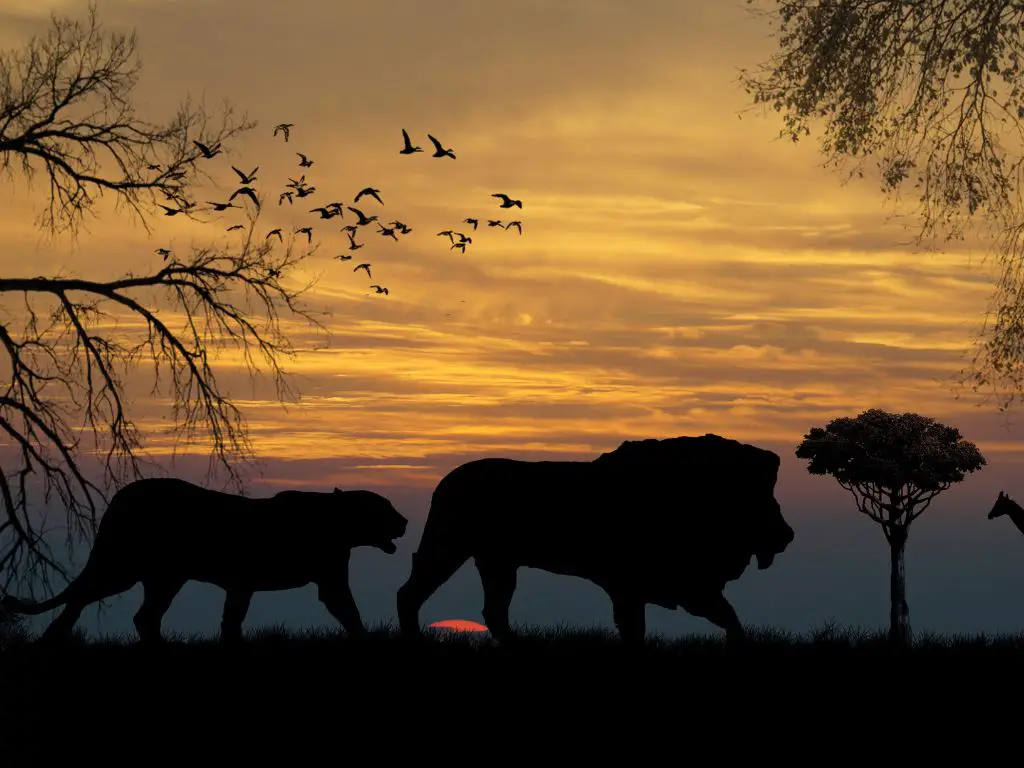
Prides
- Lions also exhibit a number of social behaviors that help them survive in Africa’s harsh environment. For example, they live in family groups called prides, which consist of related females, their cubs, and one or two adult males who defend the pride’s territory against other males. The typical pride consists of five to 15 lions, but there have been reports of much larger prides consisting of up to 40 individuals.
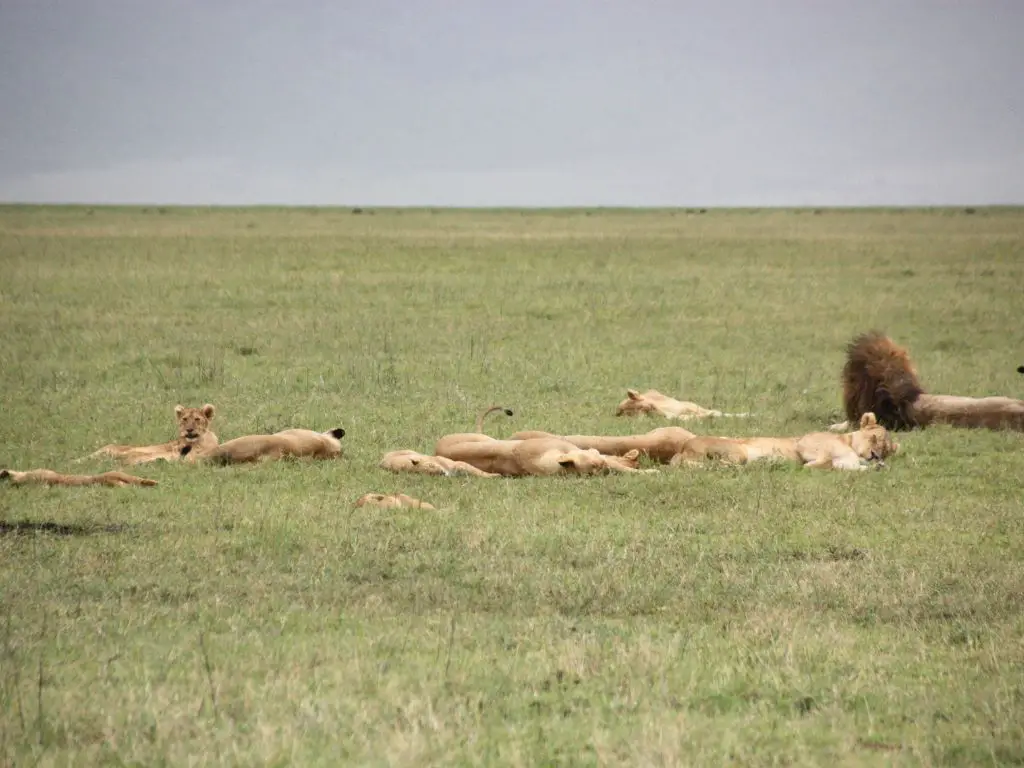
- Pride members work together to raise cubs, hunt for food and protect each other from danger . This cooperative behavior gives individual members a better chance at survival , which has helped Lions become one of Africa’s most successful predators.
- The pride helps defend territory and provides assistance with raising cubs. Additionally, male lions often form coalitions – pairs or small groups that stay together for several years.
- These coalitions provide support during fights over females and help increase an individual’s chances of reproducing successfully. Coalitions also allow males to patrol larger territories which leads to increased access to food resources.
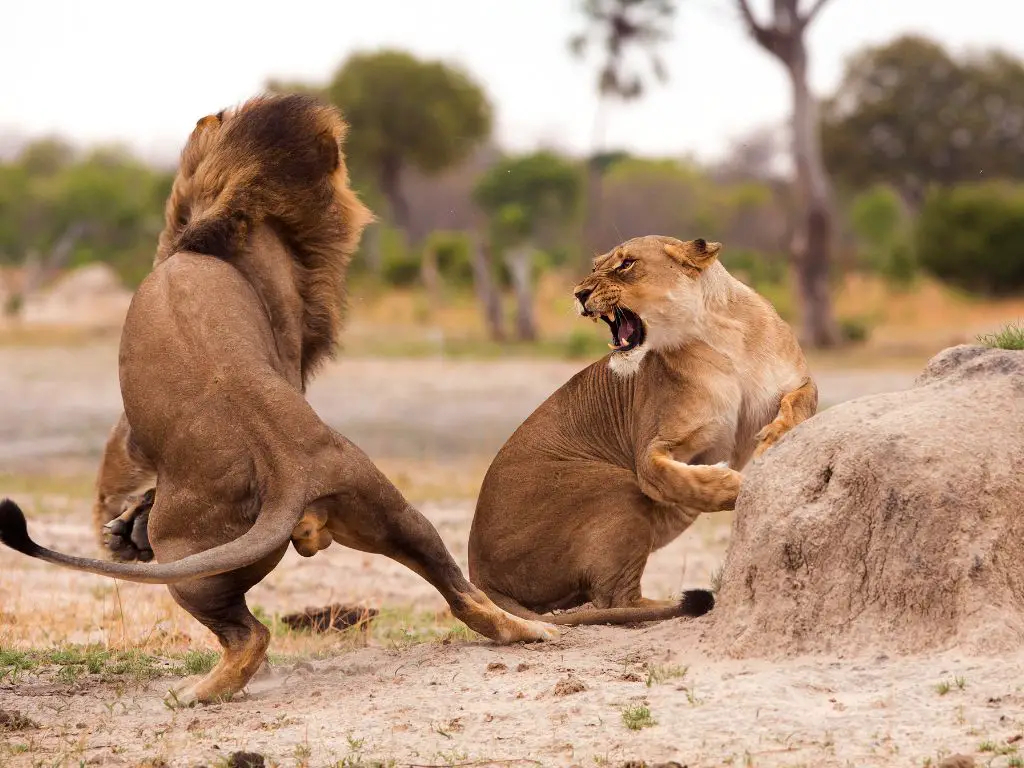
Hunting
- Lions spend most of the day resting or sleeping; however, they become very active at dusk and dawn when they go out to hunt for food.
- One of the most interesting aspects of lion behavior is their hunting strategy. Lions typically hunt in groups, using teamwork to take down large prey animals such as antelope or zebra. The group will work together to corner the animal, with some lions distracting it while others move in for the kill. This cooperative hunting behavior is thought to be an adaptation that allows lions to more effectively compete with other large predators such as hyenas and wild dogs.

Overall , research on lion behavior has revealed a number of fascinating adaptations that help these animals survive in Africa’ s challenging environment . Understanding how they behave can not only provide insights into their ecology but may also offer ways to improve conservation efforts aimed at protecting this iconic species .
Structural Adaptations Of A Lion
A lion’s body is adapted for life in the wild. Their muscular build allows them to take down prey much larger than themselves, and their sharp claws and teeth make them deadly predators. But lions are not just built for hunting; they are also built for endurance. They can run long distances at high speeds, which is helpful when chasing down prey or escaping from danger. And their thick manes protect them from the sun and provide insulation against the cold night air.
Mane
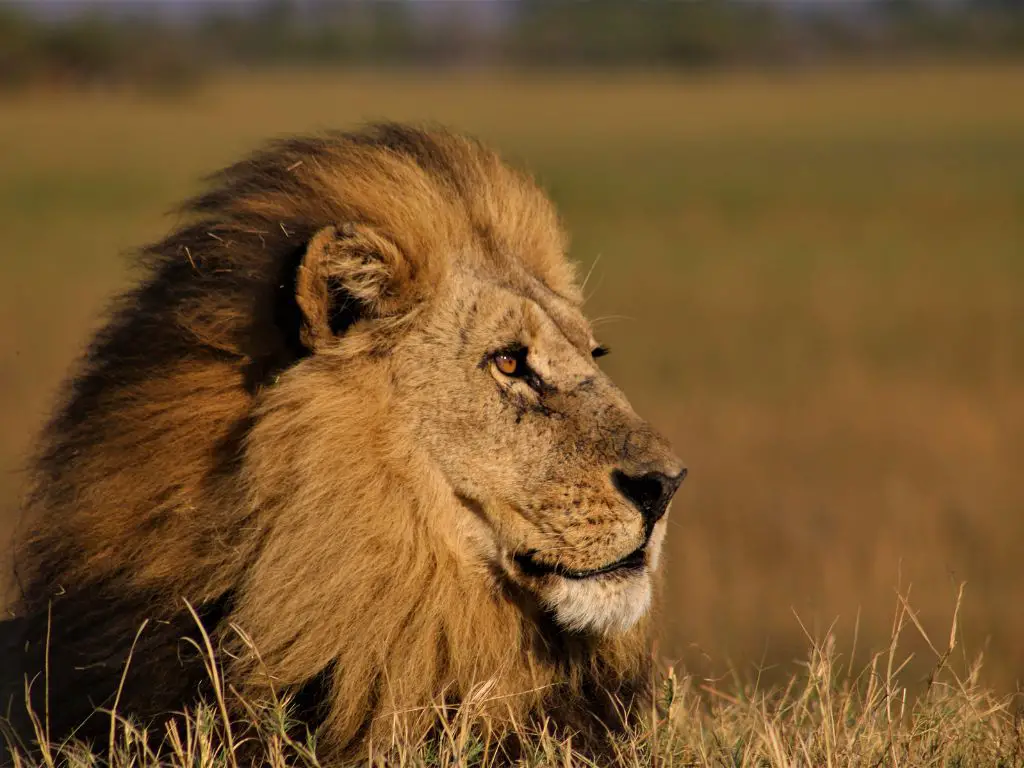
One adaptation that helps lions survive is their mane. The mane is a thick growth of hair that covers the lion’s head, neck and shoulders. It protects them from bites and scratches during fights with other lions or prey animals. The mane also keeps them cool in hot weather by shading their neck and body from the sun’s rays.
Teeth
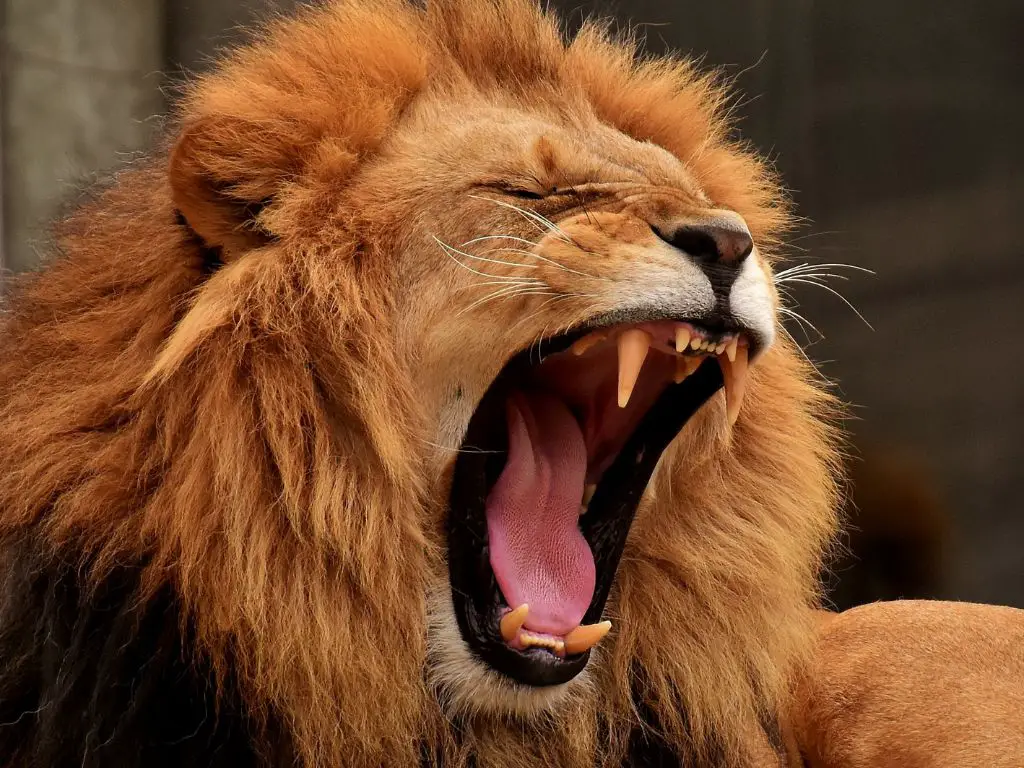
One of the most impressive physical adaptations of lions is their powerful jaws and sharp teeth. Lions have 30 teeth in total, including canines that can grow up to 3 inches long! This formidable bite allows them to take down large prey with ease. In addition to their sharp teeth, lions also have powerful muscles in their jaw and neck area that help them deliver a fatal bite. These weapons help them take down large prey animals like zebra, wildebeest or antelope. Their teeth are specially adapted for tearing flesh, which makes eating raw meat easier for them than other carnivores.
Tongue

The lion’s tongue is long and muscular, with a rough surface that helps it strip meat from bones and groom its fur. The tongue also has special papillae (taste buds) that help the animal detect blood in its prey. In addition to these functions, the lion’s tongue also plays an important role in producing sound.
Claws

Another key adaptation of a lion for hunting success is the lion’s claws. These razor-sharp claws can grow up to 4 inches long and are retractable, which means they can be hidden when not needed for hunting or fighting. The claws are used primarily for gripping onto prey while delivering a lethal bite with those powerful jaws we mentioned earlier! They are also used for hunting and self-defense, and they help the lion to climb trees and catch prey. The tips of the claws are very sharp, and they can easily puncture skin. They also use their claws for climbing trees to escape predators or get a better view of their surroundings while hunting for food .
Paws
The pads on a lion’s paws are also adapted for hunting. They help the lion to grip the ground firmly so that it can run quickly after its prey. The pads also protect the lions’ feet from being injured when they walk on rough terrain or hunt in thick brush.
Fur & Skin
- Their skin and fur play an important role in adaptation of a lion to different environments. The lion’s skin is thick and tough, providing protection from both predators and the elements.
- The fur is also thick and dense, helping to keep the lion warm in colder climates. In hot climates, the lion’s coat helps to reflect heat away from its body.
- The color of a lion’s coat also provides camouflage in different habitats. In grasslands, lions often have lighter-colored coats that help them blend in with their surroundings. In forests, they may have darker-colored coats that help them stay hidden among the trees.

All of these adaptations of a lion make them one of the most successful predators in Africa. But they would not be able to survive without teamwork. Lions live in groups called prides, which typically consist of related females and their young cubs, along with a few adult males. The females do most of the hunting, while the males defend the pride’s territory from other lions and help raise the cubs.
Physiological Adaptations Of A Lion
The lion is one of the most feared predators in the animal kingdom. But what makes this big cat so successful at hunting? A large part of it has to do with their physiology, which has evolved specifically for life on the savanna.

Powerful Muscles and Skeletal Structure
One of the most important adaptations for lions is their powerful muscles and skeletal structure. Their legs are very muscular, allowing them to run at speeds up to 60 kilometers per hour (37 mph). This enables them to chase down prey that would otherwise be able to outrun them. They also have long claws that help them grip onto their prey while they’re biting down with their sharp teeth.
Vision
Lions are also adapted for a life of stalking and ambushing prey. They have excellent eyesight and can see up to three times as far as a human can see (8 km or 5 mi). This allows them spot potential meals from great distances away. And when they’re ready to make their move, they use their camouflage coloring and body shape blend in with tall grasses until they’re right on top of their unsuspecting victim.
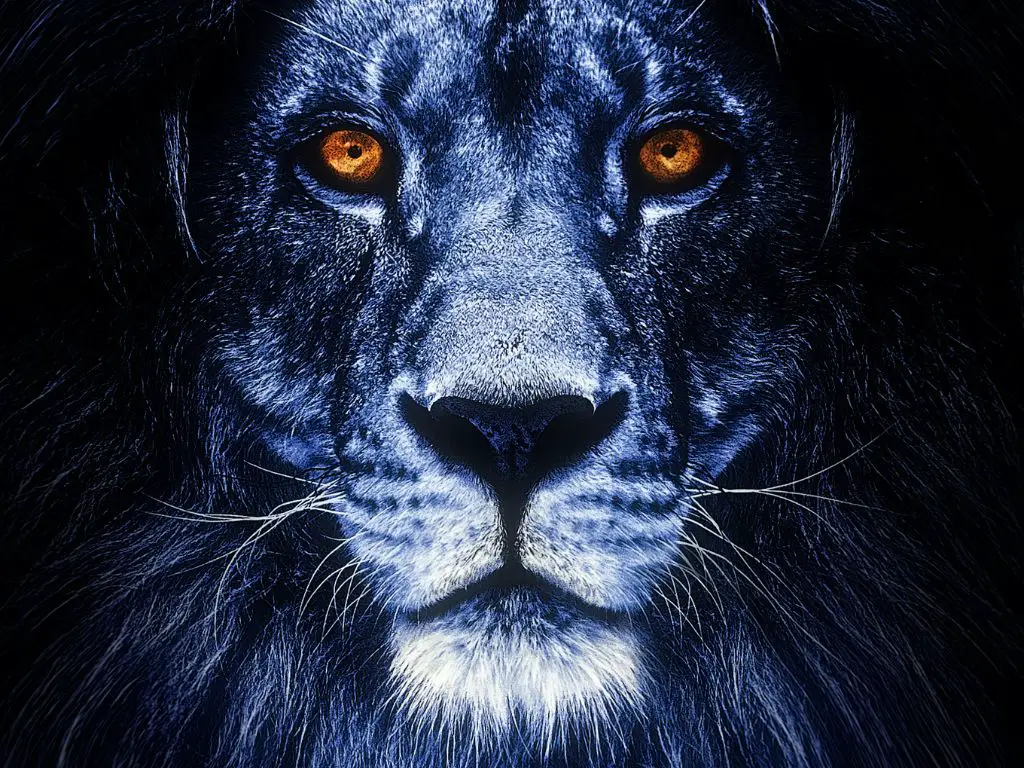
Powerful Vocal Chord
- The lion is one of the most vocal animals on the planet, with a repertoire that includes roars, growls, grunts, and other sounds. The lion’s unique vocal abilities are largely due to adaptations in its tongue and larynx (voice box).
- When a lion roars, air flows through its larynx and vibrates the voice box walls. This vibration produces sound waves that travel through the mouth and nose. The shape of the mouth influences how these sound waves are produced, which is why lions have such powerful roars.
- Additionally, the muscles in a lion’s throat can contract or relax to change the pitch of its roar mid-roar! These amazing adaptations allow lions to communicate over long distances – up to 8km away! -and warn other lions of potential danger.



Leave a Reply